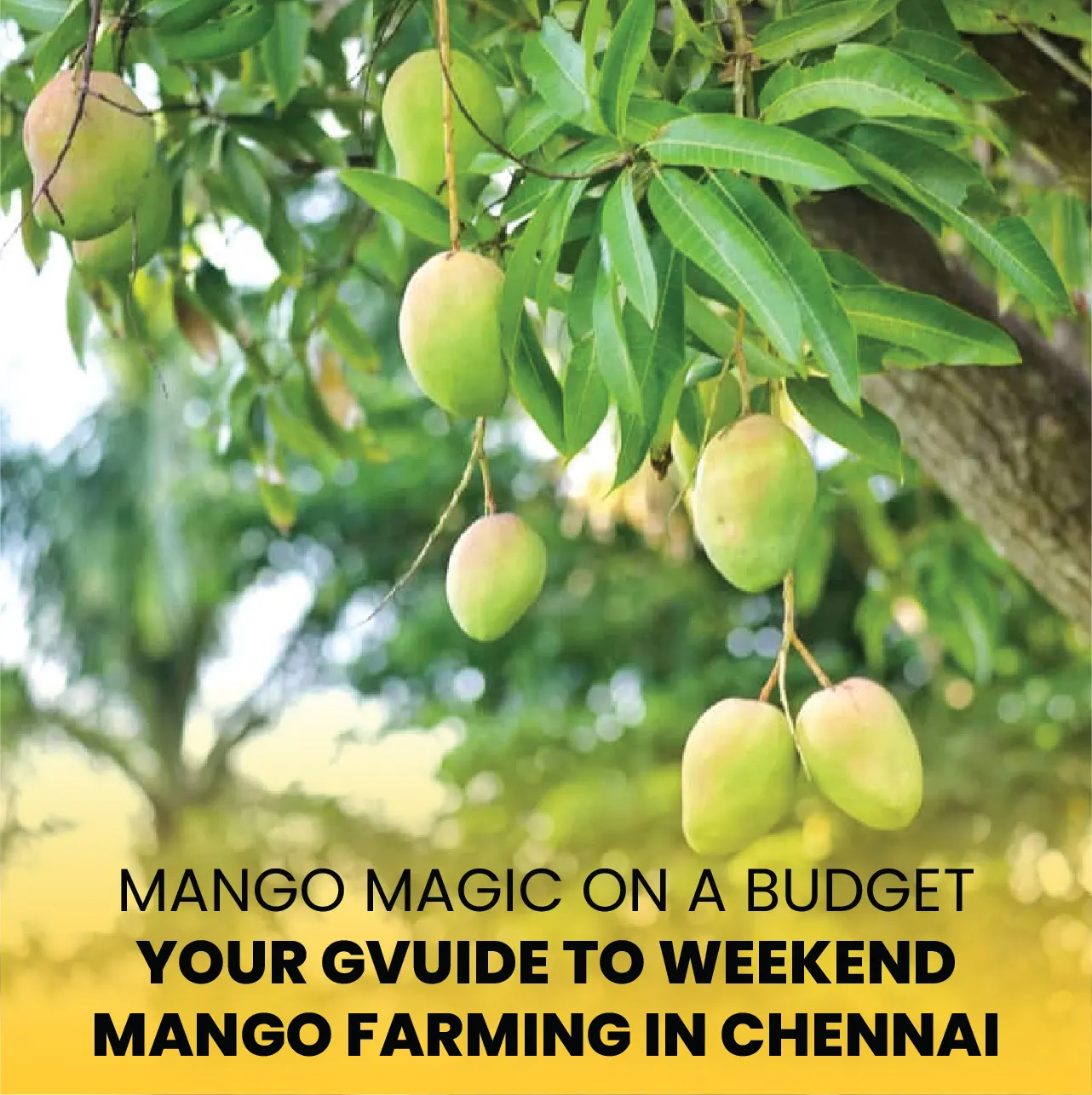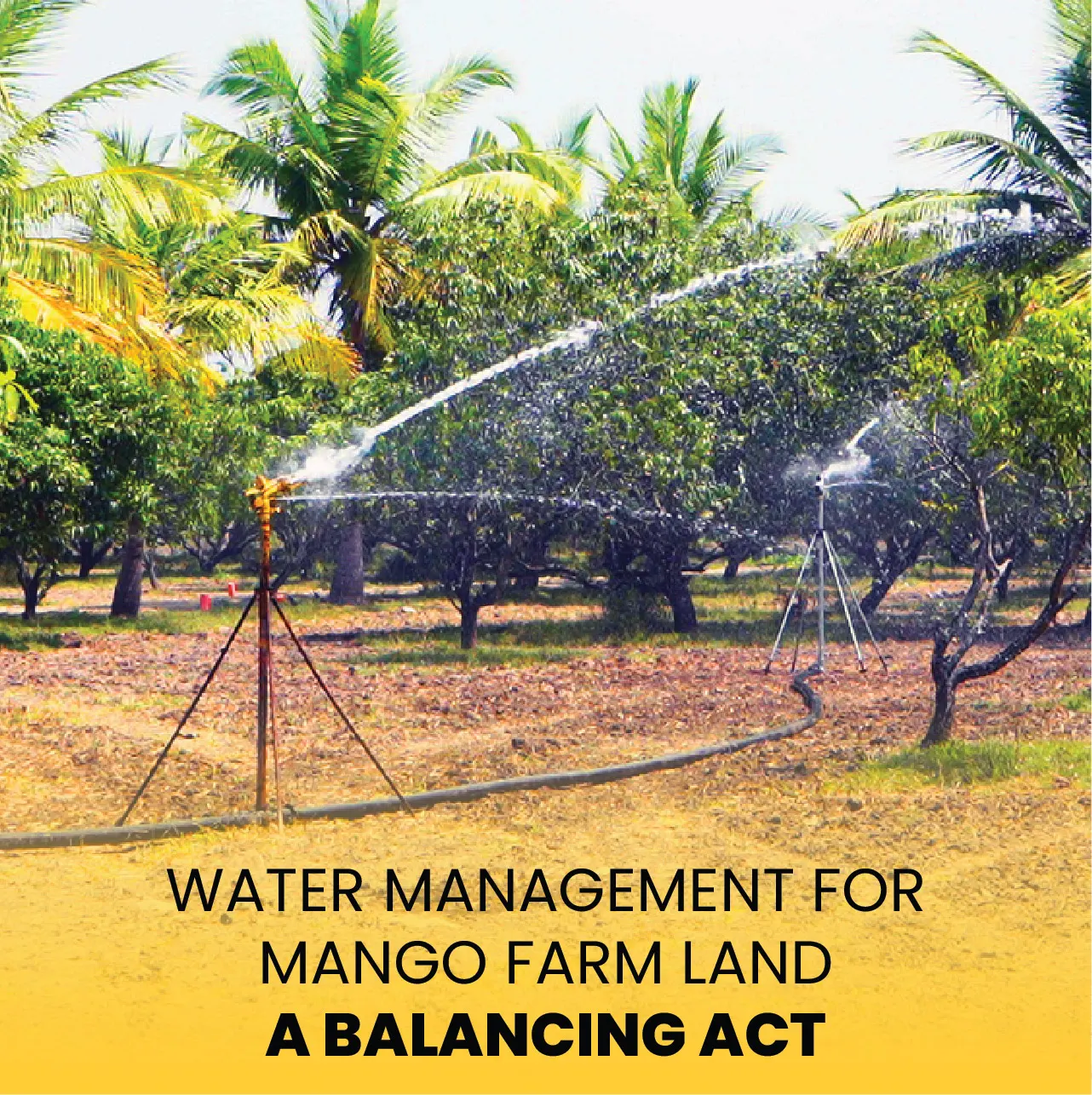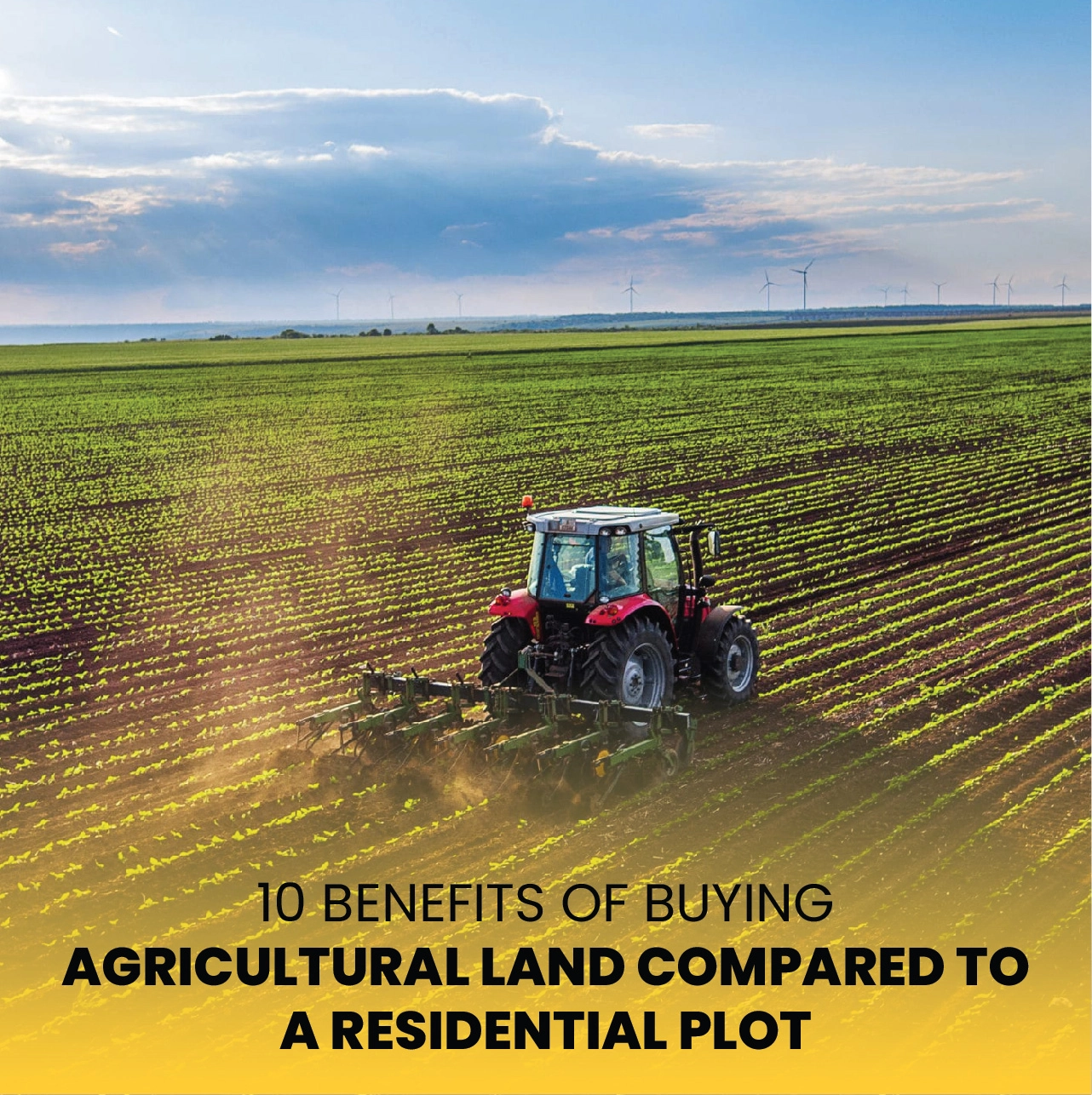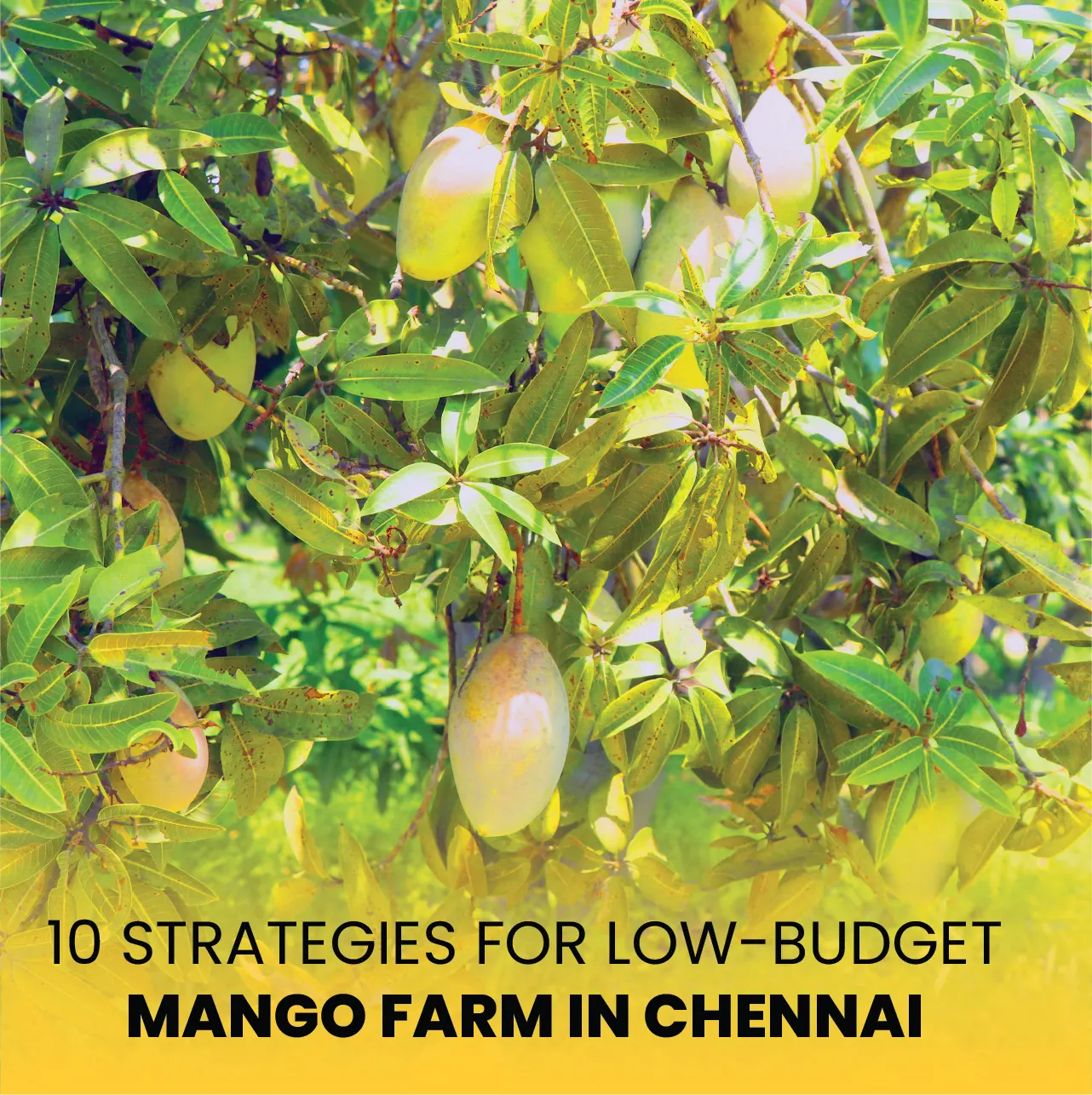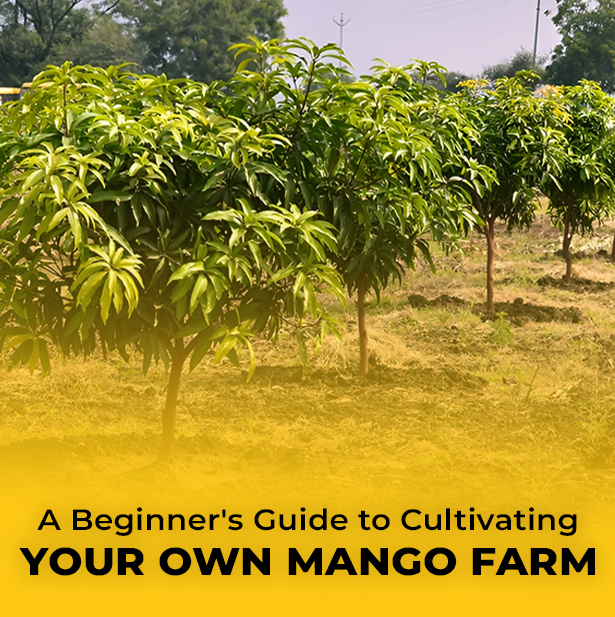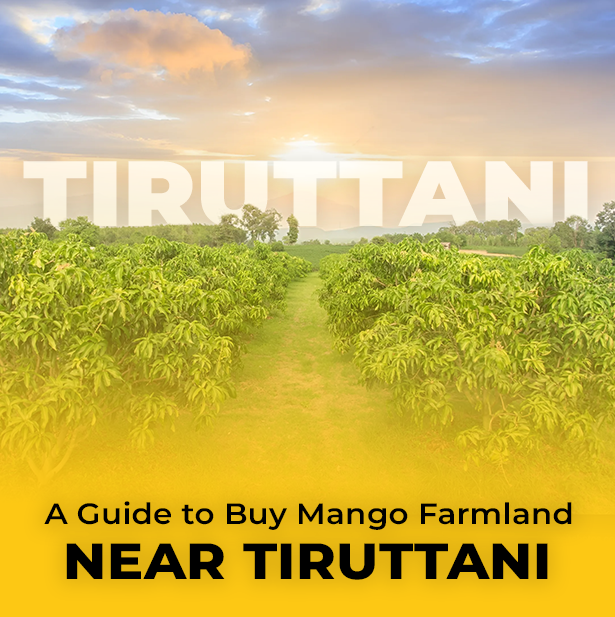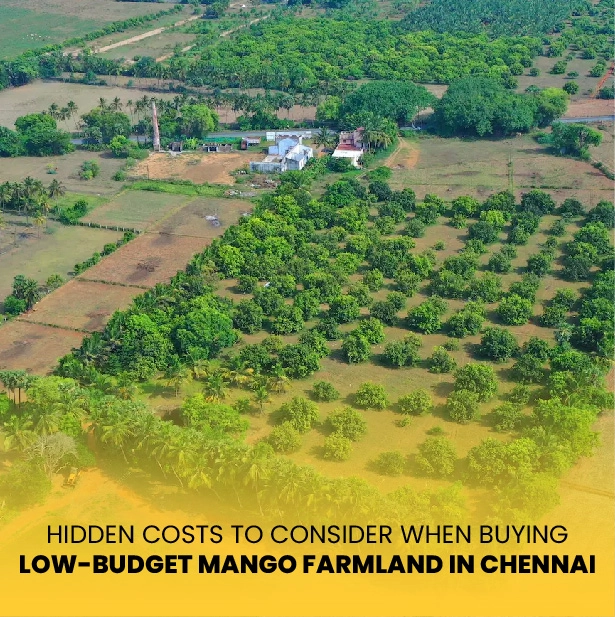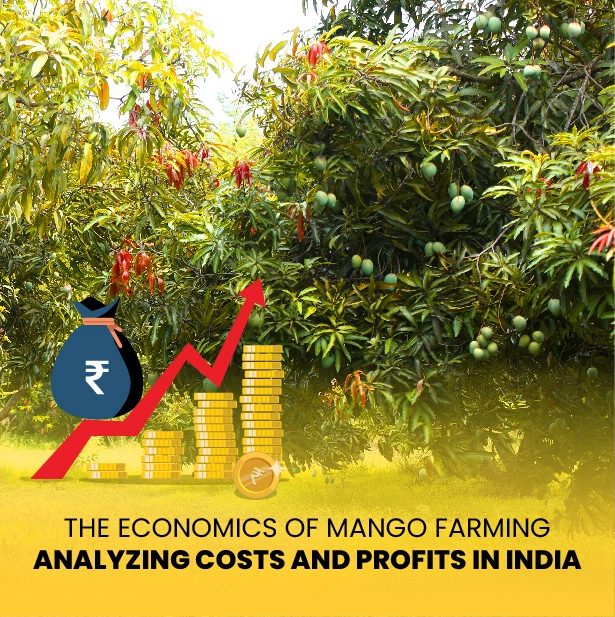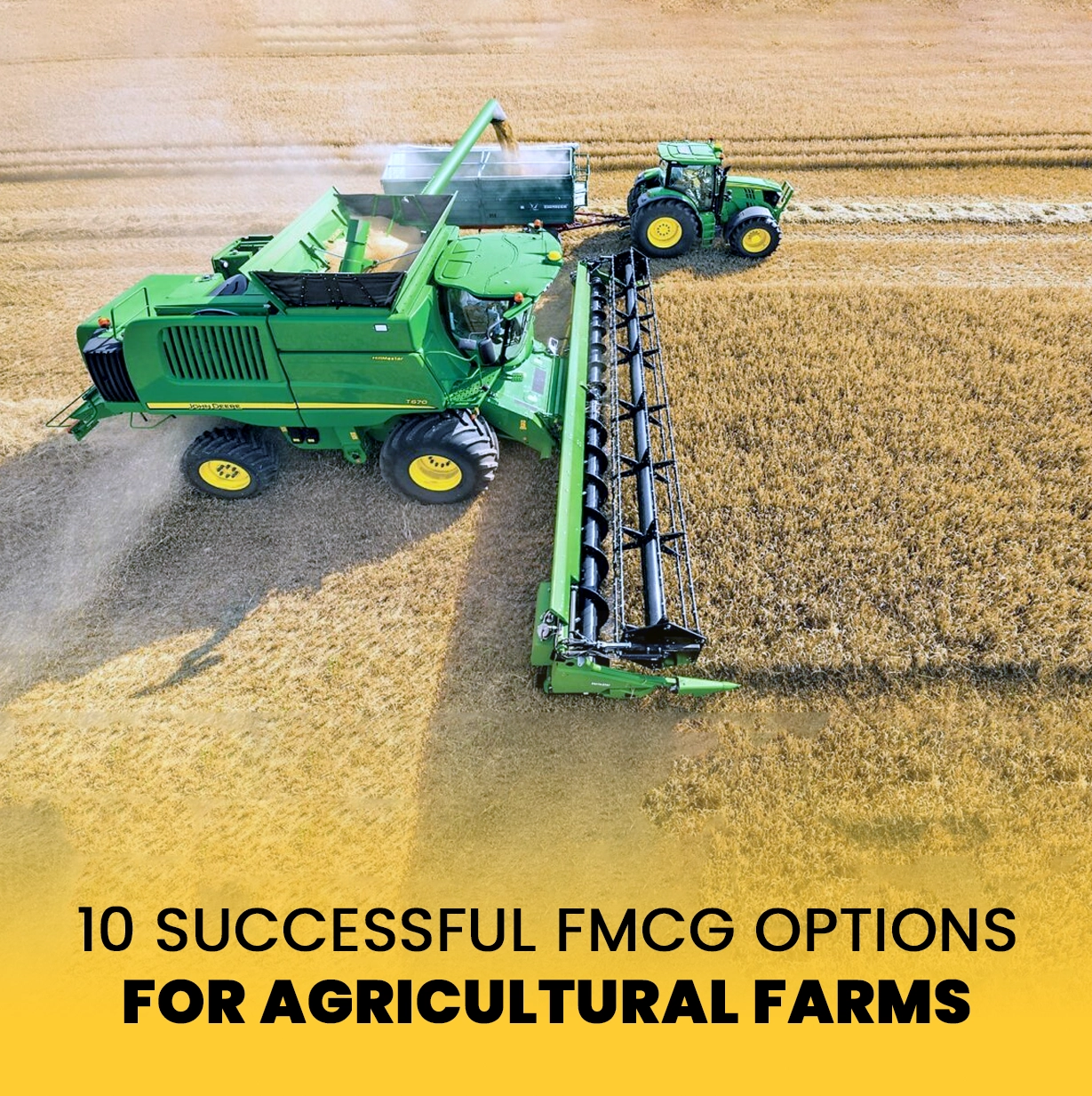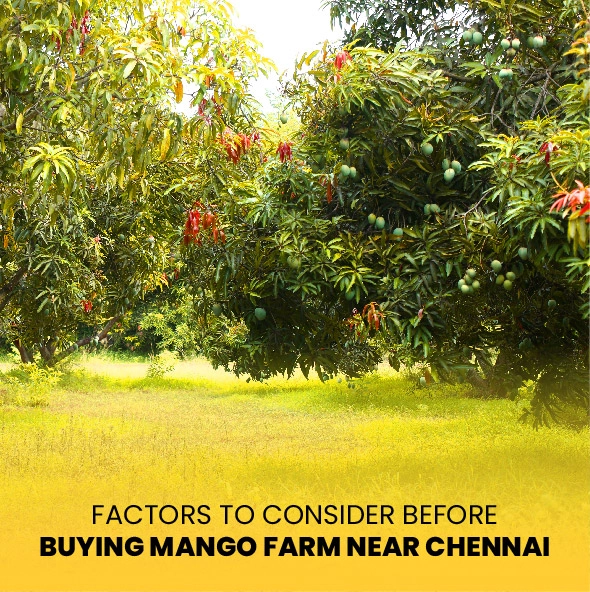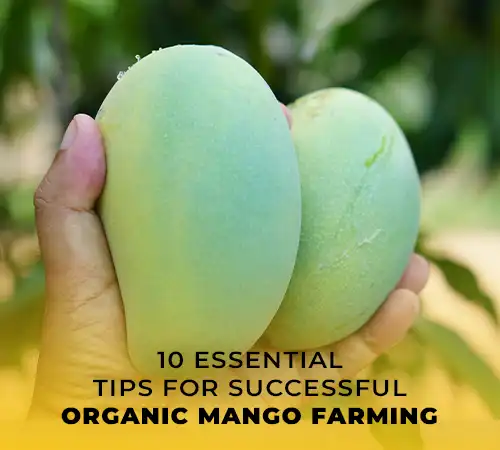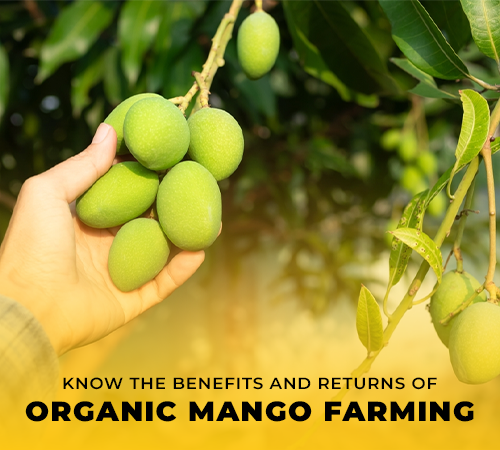In many tropical and subtropical areas, mango farming is a major agricultural activity. In addition to being quite delicious, mangoes are a great commercial crop. Meeting the rising demand, raising farmer earnings, and guaranteeing sustainable farming depend on higher mango farms output. Below, we present the top five techniques to increase the output of mango farming.
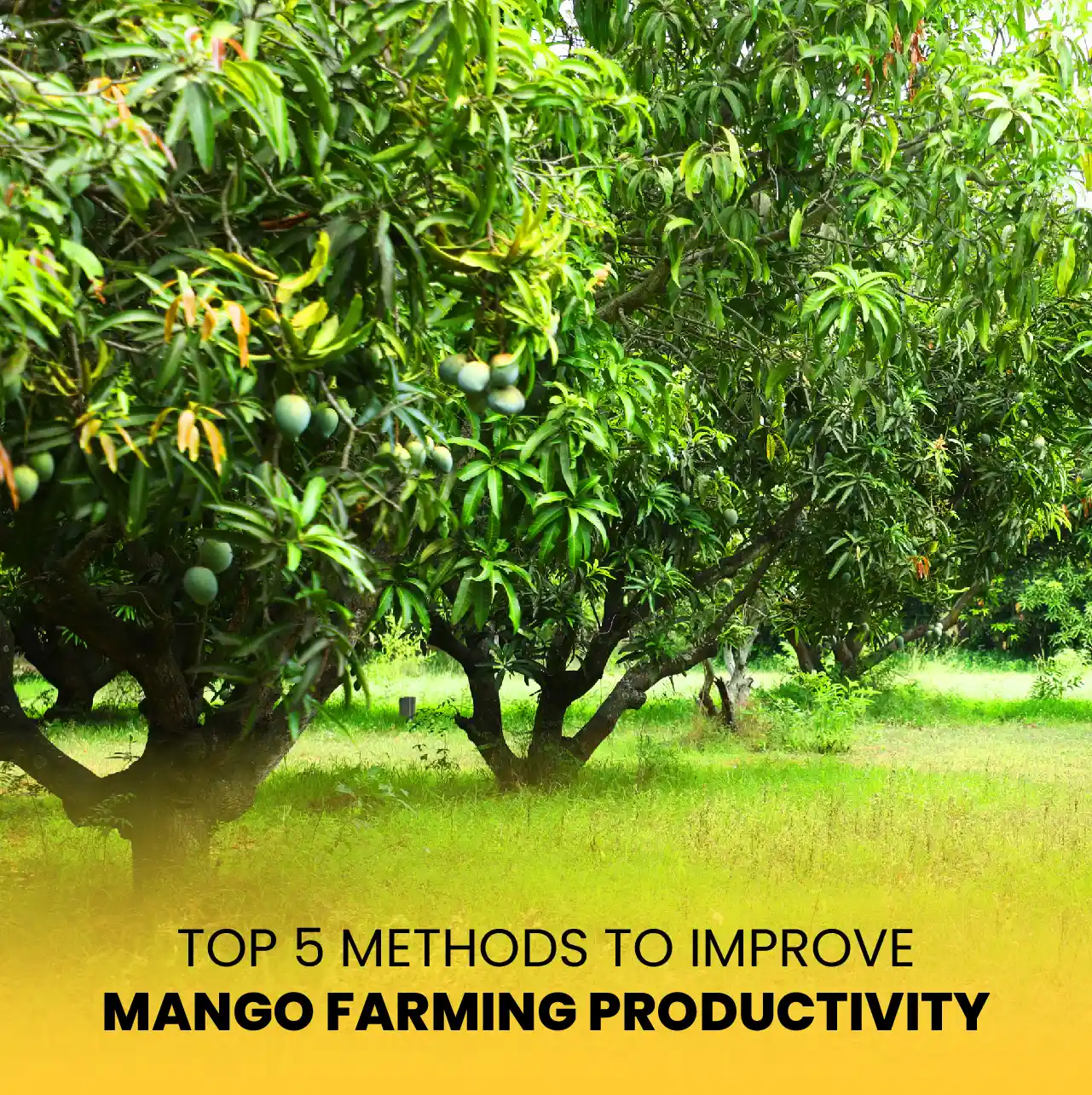
Good farm management is the only way to increase mango output. This includes:
Pruning and Training: Frequent pruning increases light penetration, improves air circulation, and helps to preserve tree form, resulting in improved fruit quality and productivity. Good training for young mango trees guarantees a sturdy foundation, which promotes improved fruit load and lowers the limb-breaking risk.
Spacing and Plant Density: Perfect distance guarantees that every tree gets enough air, sunlight, and nutrients, therefore lowering competition and raising output. When using dwarf or semi-dwarf rootstocks to maximize space use and output per hectare, high-density planting may be advantageous in certain situations.
Soil Management: Frequent soil testing, organic matter, and fertilizer replenishment guarantee the soil stays rich and fit for mango development. The root system depends on the condition of the soil; hence, cover cropping and the use of green manure help to preserve soil structure and fertility.
Choosing the correct type of mangoes that fit the local temperature and are disease-resistant is vital. Some actions comprise:
Drafting: Using disease-resistant rootstocks and scions of highly producing cultivars can greatly increase productivity and fruit quality. Furthermore, we draft trees that often bear fruit earlier than those cultivated from seeds.
Certified Seeds and Saplings: Buying certified disease-free seeds and saplings guarantees good plant development and lowers the possibility of illness and insect invasions. Source planting materials from reliable nurseries; following strict quality control procedures is crucial.
Varietal Selection: Selecting cultivars suited for local climate conditions and market tastes can significantly change productivity and profitability. Tommy Atkins, Kesar, and Alphonso are some of the popular variations for taste, shelf life, and market demand.
Mango farming is heavily reliant on water management. Using effective irrigation systems will help significantly raise output.
Drip Irrigation: By delivering water straight to the root zone, drip irrigation ensures sufficient hydration for the trees and helps to reduce water waste. This system also allows for the direct delivery of fertilizers to the roots, a process known as fertigation.
Mulching: Mulching around mango tree bases helps to preserve soil moisture, control temperature, and stop weed growth, resulting in better water use efficiency. As they break down, organic mulches, including compost, leaves, and straw, can further enrich the soil.
Rainwater Harvesting: Using rainwater collection devices will help supply extra water in dry times. One can augment irrigation needs by gathering and storing rainwater in ponds or tanks.
Pests and illnesses pose a threat to mango production. The integrated strategy for managing pests and diseases includes the following steps:
Regular Monitoring: Regular tree inspections for evidence of pests and diseases help to identify them early on and enable a quick response. Traps and monitoring instruments can help track disease outbreaks and pest numbers.
Biological Controls: Using natural predators and beneficial insects to reduce pest numbers helps to lessen dependence on chemical pesticides. Ladybugs, for instance, can control aphids; Trichogramma wasps assist in decreasing fruit fly numbers.
Organic Pesticides: By using environmentally friendly and organic insecticides, one can control pests and illnesses while preserving biodiversity and soil conditions. Commonly utilized in organic mango farming are copper-based chemicals, sulfur, and neem oil.
Cultural Practices: Implementing cultural practices such as crop rotation, intercropping, and sanitation can help reduce pest and disease pressure. Removing and destroying infected plant parts, fallen fruits, and debris can prevent the spread of pathogens.
Good nutrient management ensures that mango plants get all the necessary elements for optimal development and fruit output:
Balanced Fertilization: Based on soil test findings, blend macronutrients (nitrogen, phosphorous, potassium) and micronutrients (zinc, boron, and manganese). Either too much or too little fertilizer might compromise tree productivity and condition.
Organic Fertilizers: Using organic fertilizers like manure and compost enhances soil structure, fertility, and microbial activity, thereby improving the condition of the ground and producing better tree harvests. Organic matter enhances the soil's water-holding capacity and nutrient availability.
Foliar Feeding: Particularly in important growth phases, foliar fertilizer spray can rapidly address deficits and improve plant health. Micronutrient treatments sprayed throughout the flowering and fruiting seasons help to improve fruit set and development.
Use of Biofertilizers: Beneficial microorganisms included in biofertilizers help to increase nutrient availability and absorption. While nitrogen-fixing bacteria can supply extra nitrogen to the plants, mycorrhizal fungus improves phosphorus absorption.
Increasing mango farming output calls for proactive disease and pest control, along with modern agricultural techniques and effective resource management. These top five techniques can help farmers satisfy growing market demand for this beloved fruit, improve their mango yields, and guarantee the sustainability of their mango farmland. Following these methods not only increases output but also helps mango farming to be long-term viable and healthy. Combining traditional expertise with new technology will help to build a strong and efficient mango farming system that advantages consumers, farmers, and the surroundings equally.


